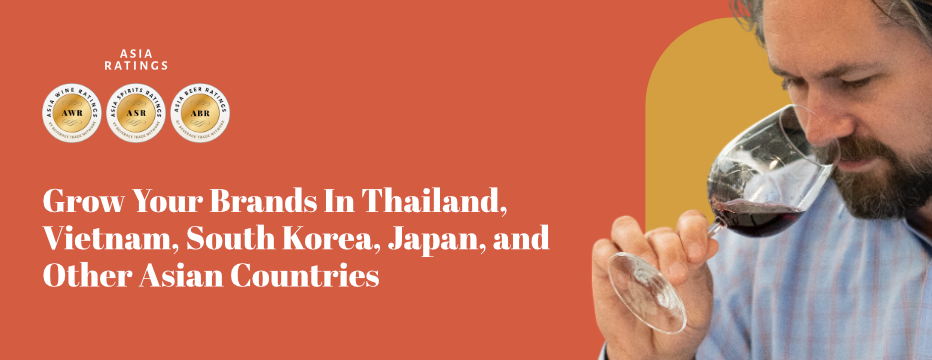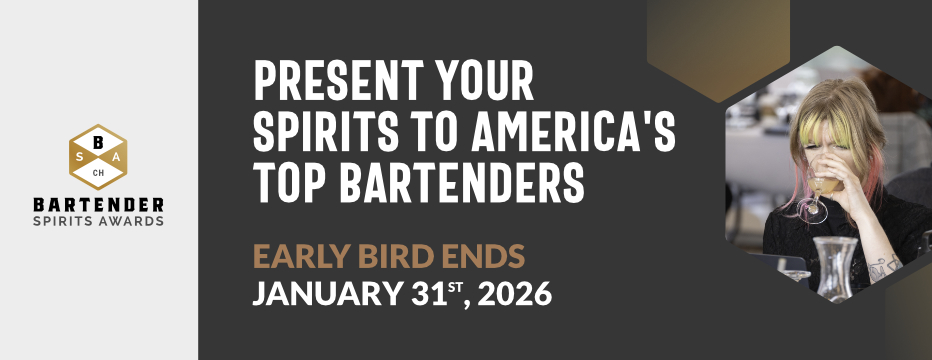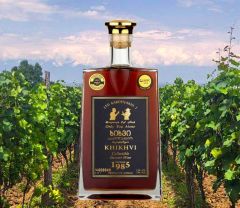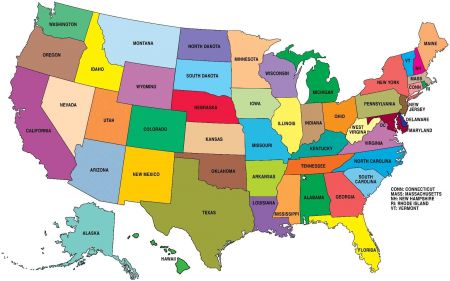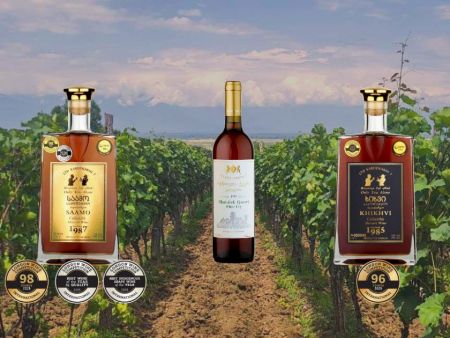Sommeliers Choice Awards 2025 Winners
Hawke’s Bay: New Zealand’s Great Wine Capital on the Global Stage
The land, the wine, the legacy.
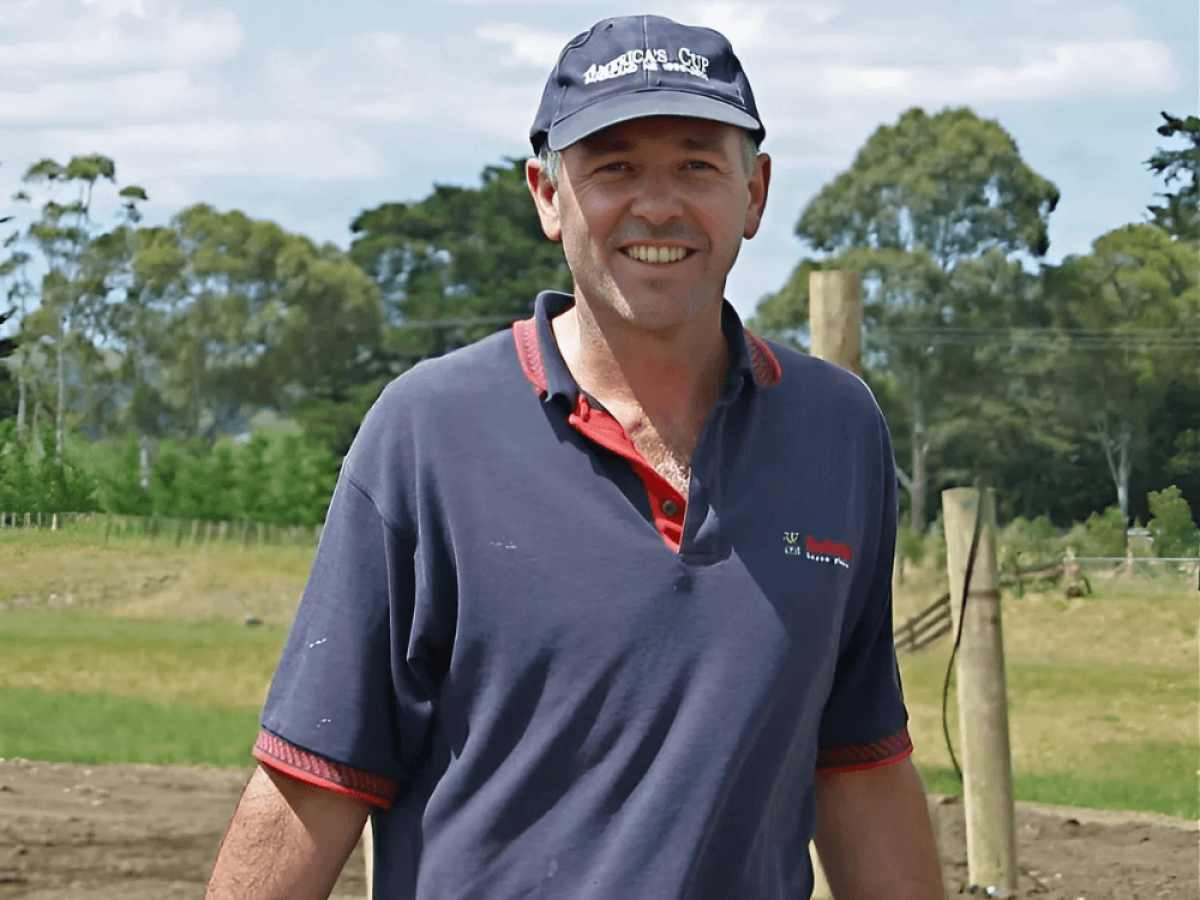
Hawke’s Bay, New Zealand’s oldest wine region, is carving its place on the global wine map with its recent recognition as a Great Wine Capital—a title shared with iconic regions like Bordeaux, Napa Valley, and Adelaide. Nestled on the eastern coast of New Zealand’s North Island, Hawke’s Bay boasts a unique confluence of diverse terroirs, innovative winemaking, and a deep-rooted commitment to sustainability. From Bordeaux-style red blends and Syrah to elegant Chardonnays and emerging varietals, the region’s wines reflect the land’s natural gifts and the passionate craftsmanship of its growers and winemakers.
Brent Linn, Executive Officer of Hawke’s Bay Winegrowers, shares insights into what makes this region truly special. With an unwavering focus on sustainable practices, a strong sense of community, and an eye toward the future, Hawke’s Bay is poised to solidify its standing as a must-visit destination for wine enthusiasts and a source of exceptional wines on the global stage.
Hawke’s Bay is now recognized as a Great Wine Capital alongside regions like Bordeaux and Napa Valley. What do you believe sets Hawke’s Bay apart from these other prestigious wine regions, especially in terms of terroir and the diversity of wine styles you produce?
What truly sets Hawke’s Bay apart as a Great Wine Capital is its diverse terroir—a landscape defined by ancient riverbeds, varied soil types, and distinct microclimates—which supports an impressive range of wine styles.
Hawke’s Bay is celebrated for its premium red blends and Syrah, alongside exceptional Chardonnays, and there is a growing recognition for its aromatic whites. This diversity is thanks to microclimates that span cool coastal areas to warmer inland zones, allowing winemakers to explore a broad variety of grapes and create wines with notable depth and complexity.
Hawke’s Bay also thrives on a strong sense of community—a smaller scale but highly collaborative, where winemakers push boundaries together while honouring sustainable practices. This approach gives Hawke’s Bay wines a unique authenticity and a true sense of place, resonating with enthusiasts who value quality and integrity.
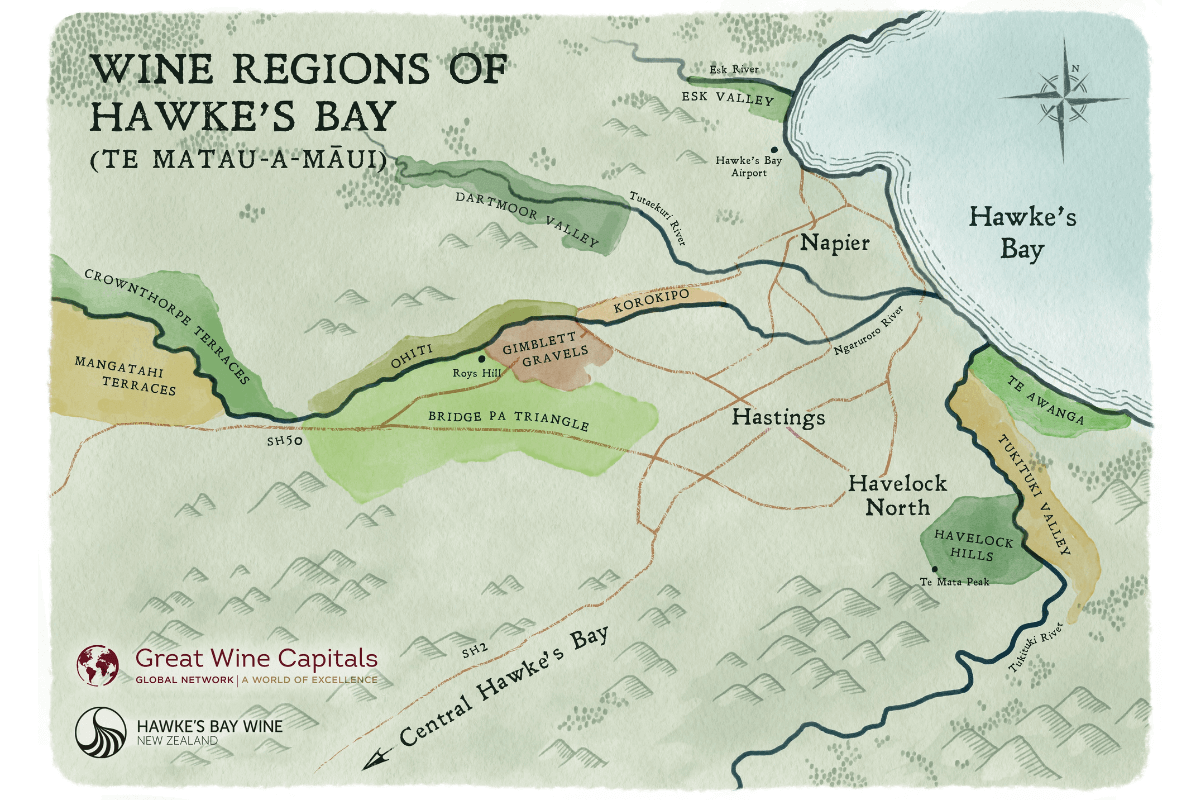
Image: Wine Regions of Hawke’s Bay.
Bordeaux-style red blends and Chardonnay are among the standout varietals of Hawke’s Bay. Could you elaborate on how the region’s climate and soil specifically contribute to the exceptional quality of these wines? Are there particular sub-regions within Hawke’s Bay that are known for excelling with specific grapes?
Hawke’s Bay benefits from warm, dry summers, with ample sunshine and a long, temperate growing season that enables grapes to achieve optimal ripeness while preserving natural acidity. This balance is key to creating wines with depth and structure. The diversity of soil types across Hawke’s Bay, including river gravels, sandy loams, and clay, enhances this potential, giving each wine a unique character.
Sub-regions like Gimblett Gravels have become renowned for Bordeaux blends, especially Merlot and Cabernet Sauvignon, due to their free-draining gravel soils that limit vine vigour and concentrate flavour in the fruit.
For Chardonnay, cooler areas like Te Awanga and the coastal hillsides provide ideal conditions and benefit from the temperature-moderating influence of the Pacific Ocean. These regions benefit from Clay and limestone-rich soils imparting complexity, minerality, and finesse to the wines. Further inland the altitude of the Managatahi and Crownthorpe terraces delivers cool nights facilitating the retention of natural acidity.
This distinctiveness in terroir across Hawke’s Bay fosters an exceptional range of wine styles, allowing each sub-region to bring its unique strengths to the forefront.
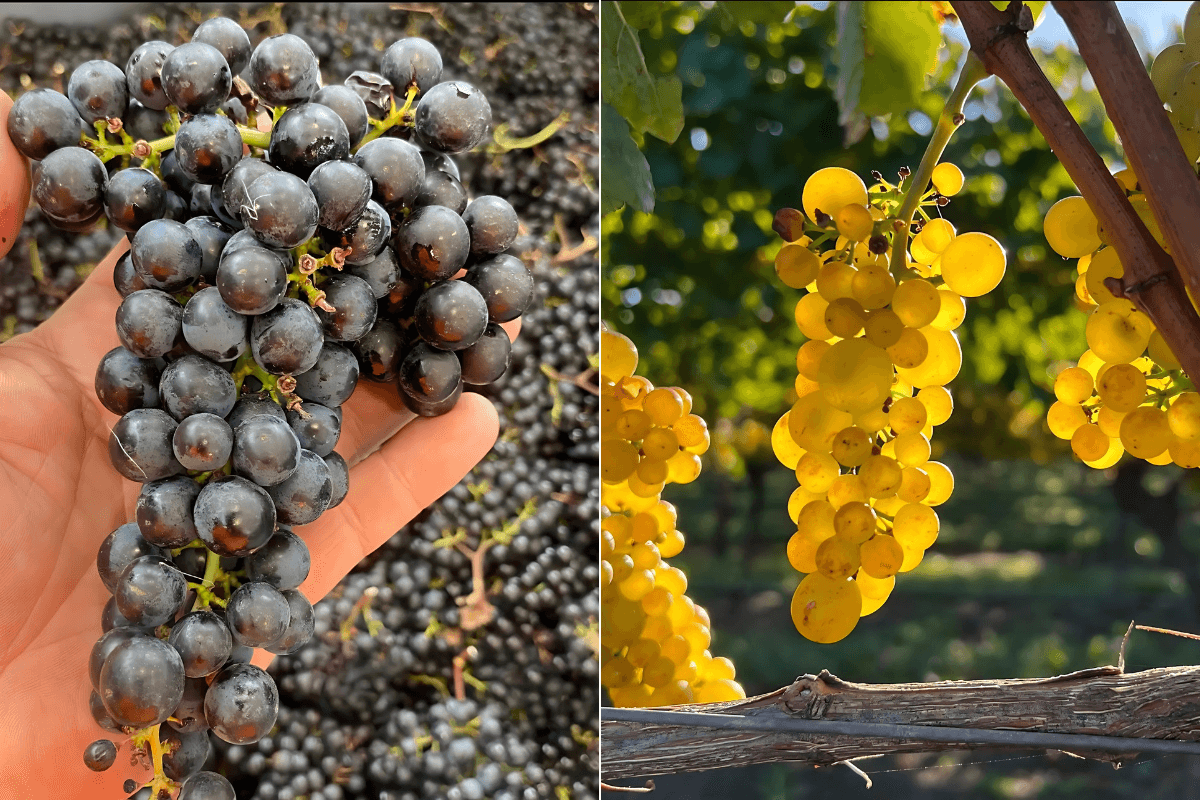
Image: (L-R) Hawke’s Bay Merlot and Chardonnay
Sustainability has been a key focus for New Zealand winegrowers. With 98% of vineyards certified by Sustainable Winegrowing New Zealand, how is Hawke’s Bay ensuring that sustainability efforts continue to evolve?
Sustainability continues to be an important focus for Hawke’s Bay growers and winemakers. We continue to see an increase in organic and regenerative growing practices alongside the SWINZ
(Sustainable Winegrowing New Zealand) accreditation scheme. Of recent interest has been the use of inter-row planting of host crops for beneficial insects for natural pest control and soil health.
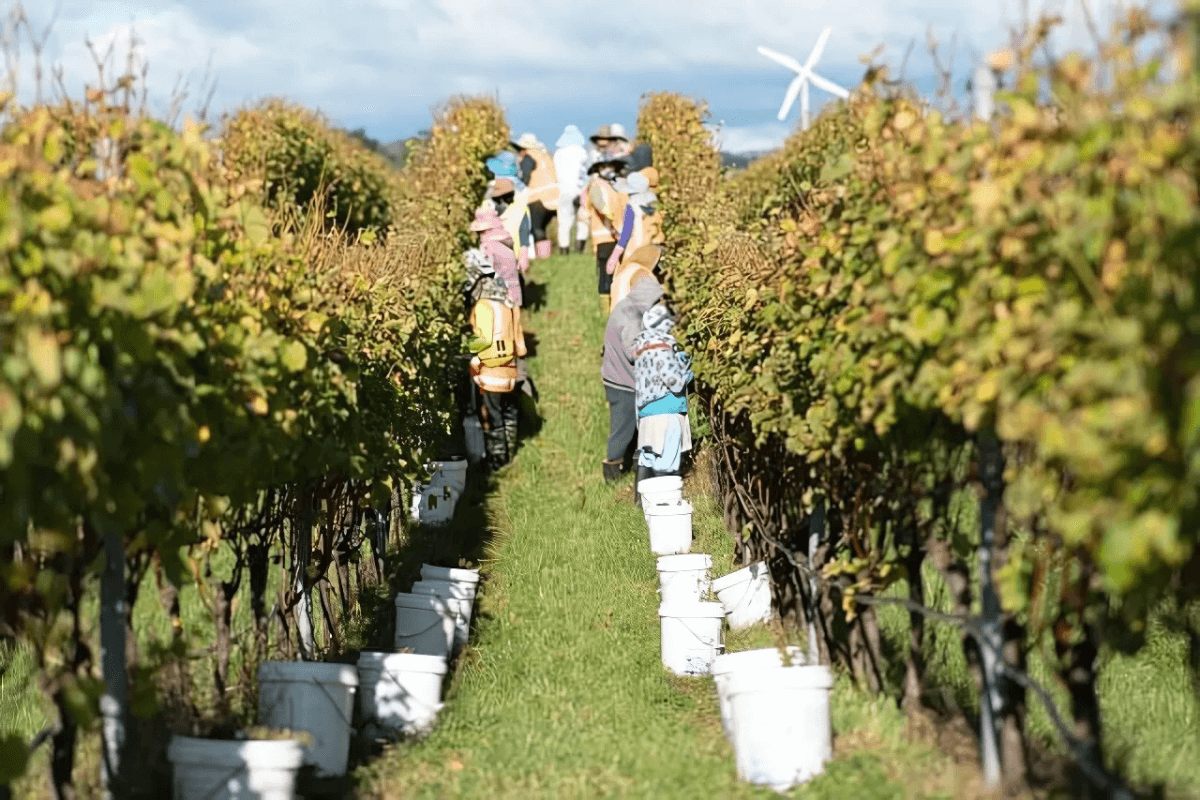
Image Source: Hawke’s Bay Wine.
Cyclone Gabrielle impacted Hawke’s Bay significantly. How has the region’s wine industry recovered from this, and has this event changed how the winegrowers are approaching sustainability and land stewardship?
Cyclone Gabrielle was a challenging weather event for Hawke’s Bay impacting roughly 10% of vineyards to differing extents. However, the resilience of the region’s winegrowers has been remarkable, with recovery efforts underscored by both the Hawke’s Bay community spirit and beyond, and an even stronger commitment to sustainability and land stewardship.
The event has heightened the awareness that climate change is bringing increasing variability in our climate with increasing risk of summer dry and late season ex-tropical cyclones.
In response to the late-season ex-tropical cyclone risks the grower community is concentrating on canopy management. Ensuring an open canopy permitting improved spray penetration and improved airflow to mitigate mildew risk. In respect of summer dry conditions, some experimentation is occurring with grape varieties and rootstocks with plantings of more robust, drought-tolerant cultivars/rootstocks.
The recognition of Hawke’s Bay as a Great Wine Capital has brought increased attention to the region’s tourism offerings. How do you see this growing international spotlight influencing the development of the wine industry here? Has the demand for Hawke’s Bay wines increased globally since the accolade?
Being recognized as a Great Wine Capital has certainly elevated Hawke’s Bay’s international profile, attracting more wine enthusiasts, media, and trade visitors keen to experience the region’s unique offerings. This heightened interest has catalyzed new opportunities for tourism development, particularly in creating bespoke visitor experiences—vineyard tours, wine and food pairings, and immersive tasting sessions that showcase the diversity of our terroir and winemaking styles.
Globally, there’s a noticeable increase in demand for Hawke’s Bay wines as consumers become more familiar with the region’s reputation for quality, particularly in Red Blends, Syrah, and Chardonnay. This recognition reinforces Hawke’s Bay’s appeal as a premium wine producer, and as a result, many wineries are expanding their export reach and tapping into new markets. Overall, the Great Wine Capital status not only boosts visibility but also strengthens the region’s brand, helping to position Hawke’s Bay as a must-visit destination for wine lovers and a source of outstanding wines.
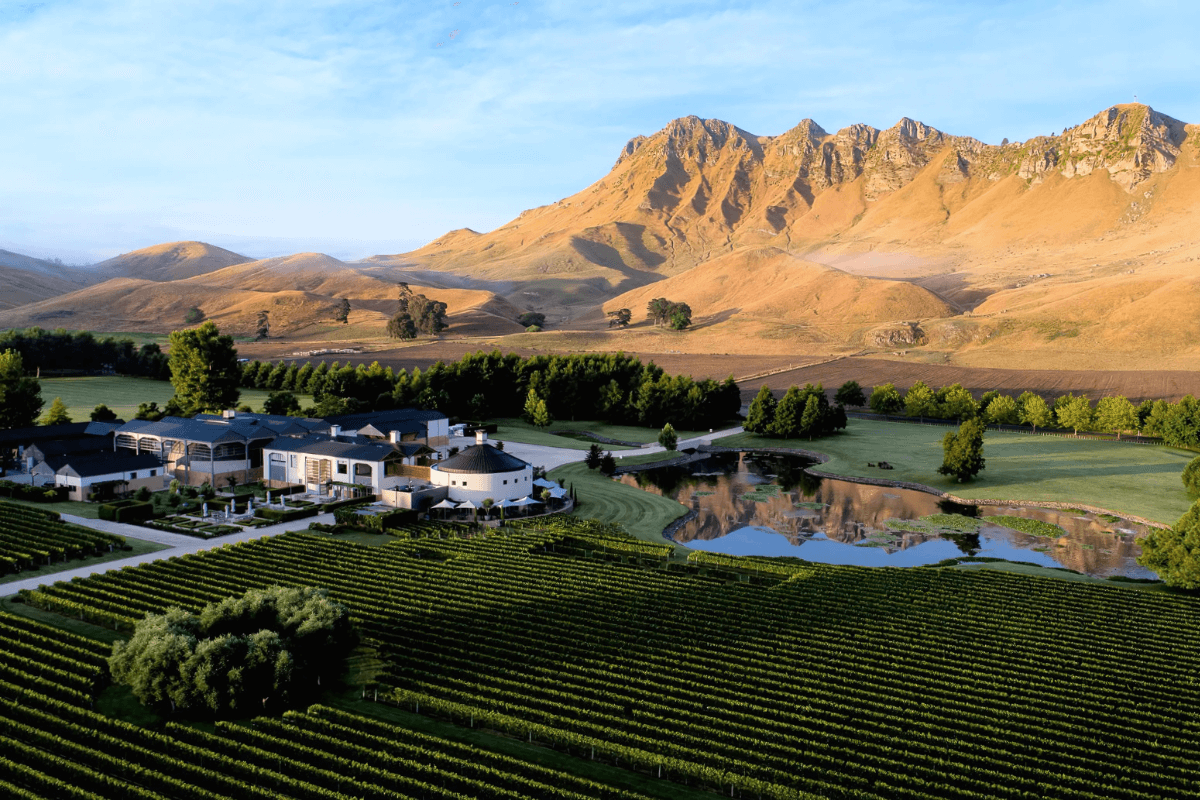
Image: Craggy Range Winery in the Hawke’s Bay wine region.
Hawke’s Bay’s reputation for both red and white varietals is well-established, but there is also a trend toward exploring new grape varieties. Can you share any exciting new varietals or blends that are being trialed in the region? How do you foresee these contributing to Hawke’s Bay’s wine identity in the future?
Hawke’s Bay has a growing interest in experimenting with new grape varieties and blends that complement the region’s diverse terroir and climate. In recent years, we’ve seen innovative plantings of Mediterranean varieties like Tempranillo, Grenache, and Albarino, which are well-suited to our warmer, drier sub-regions. These varietals are often used in small-batch blends or as single-varietal expressions, creating wines with fresh profiles that reflect the distinct characteristics of Hawke’s Bay.
There’s also an increase in plantings of Italian varieties like Montepulciano and Arneis, as well as an emerging interest in Rhône-style blends that combine Syrah with varieties like Viognier and Marsanne. These additions diversify Hawke’s Bay’s wine offerings and allow winemakers to explore new stylistic expressions, contributing a fresh layer to the region’s wine identity. Looking ahead, these unique varietals and blends are likely to add a dynamic edge to Hawke’s Bay wines and draw in consumers seeking wines with originality and character, further strengthening our place on the global wine map.
Hawke’s Bay winegrowers often emphasize their role as kaitiaki, or guardians of the land. How does this Māori concept of stewardship influence the way vineyards operate and interact with the land and the community?
The Maori concept of kaitiakitanga, or guardianship, plays a central role in how Hawke’s Bay Winegrowers operate, highlighting respect for the land and a commitment to long-term sustainability. This principle influences everything from viticulture practices to community engagement. Many vineyards utilise low-impact farming methods, regenerative practices, and biodiversity initiatives to protect and nurture the soil, water, and ecosystems for future generations.
Kaitiakitanga also fosters a strong sense of community responsibility, encouraging winegrowers to collaborate with local iwi and communities in shared stewardship efforts in events like the Aotearoa Chardonnay Symposium. This relationship-building extends to labour practices, ensuring fair treatment and support for workers, and integrating community well-being into business models. By respecting and giving back to the land, Hawke’s Bay winegrowers cultivate wines that reflect not just the terroir, but also a deep, place-rooted sense of connection and care—a commitment that resonates strongly with today’s conscious consumers and strengthens the region’s identity as a sustainable wine destination.
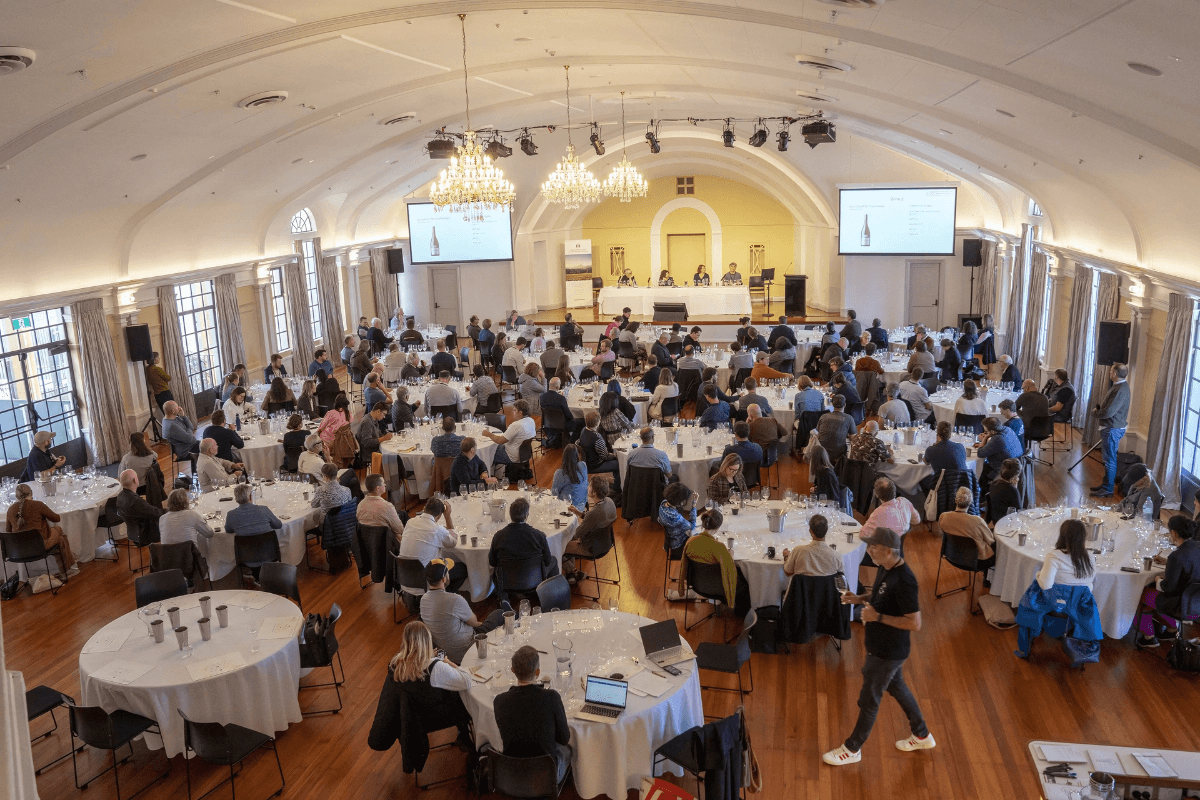
Image: 2024 Aotearoa Chardonnay Symposium.
The region’s microclimates are critical to the success of your wines. Could you highlight some of the most distinctive microclimates in Hawke’s Bay and how they impact the style and characteristics of wines from those areas?
Hawke’s Bay’s unique range of microclimates creates ideal conditions for producing diverse and distinctive wines. For example:
1) Gimblett Gravels: Known for its warm, free-draining soils, this area is renowned for Red blends, Syrah and Chardonnay. The heat retention in the gravel soils contributes to powerful, bold, ripe fruit flavours, structured tannins, and a long, complex finish.
2) Bridge Pa Triangle: Another warmer sub-region, the volcanic ash soils of Bridge Pa produce deeply concentrated red wines with supple tannins and a vibrant fruit profile. Merlot and Cabernet Sauvignon thrive here, yielding wines with a softer texture and rich character.
3) Te Awanga and Coastal Areas: The cool, breezy coastal climate along Te Awanga favours the production of vibrant, crisp whites and elegant Chardonnays. The cooler temperatures and marine influence allow for slow ripening, resulting in wines with bright acidity and refined minerality.
4) Tuki Tuki Valley and the Hillsides: Offering a mix of limestone and clay soils, this area is perfect for structured Chardonnay, haunting reds and aromatic whites. The slopes capture sunlight while the elevation moderates temperatures, producing wines with depth, complexity, and longevity.
5) Mangatahi and Crownthorpe Terraces: These elevated cooler growing terraces are the ancient remnants of the Ngaruroro River course and comprise a shallow loess and volcanic topsoil over deep red gravels. Here the altitude delivers cool nights, important for retention of natural acidity and aromatic profile. Pinot Gris, Chardonnay, Sauvignon Blanc, and Pinot Noir grown here produce fine aromatic wines with a fresh, bright profile.
These microclimates contribute to the variety and quality that define Hawke’s Bay, allowing winemakers to showcase an array of styles within the region’s wine portfolio.
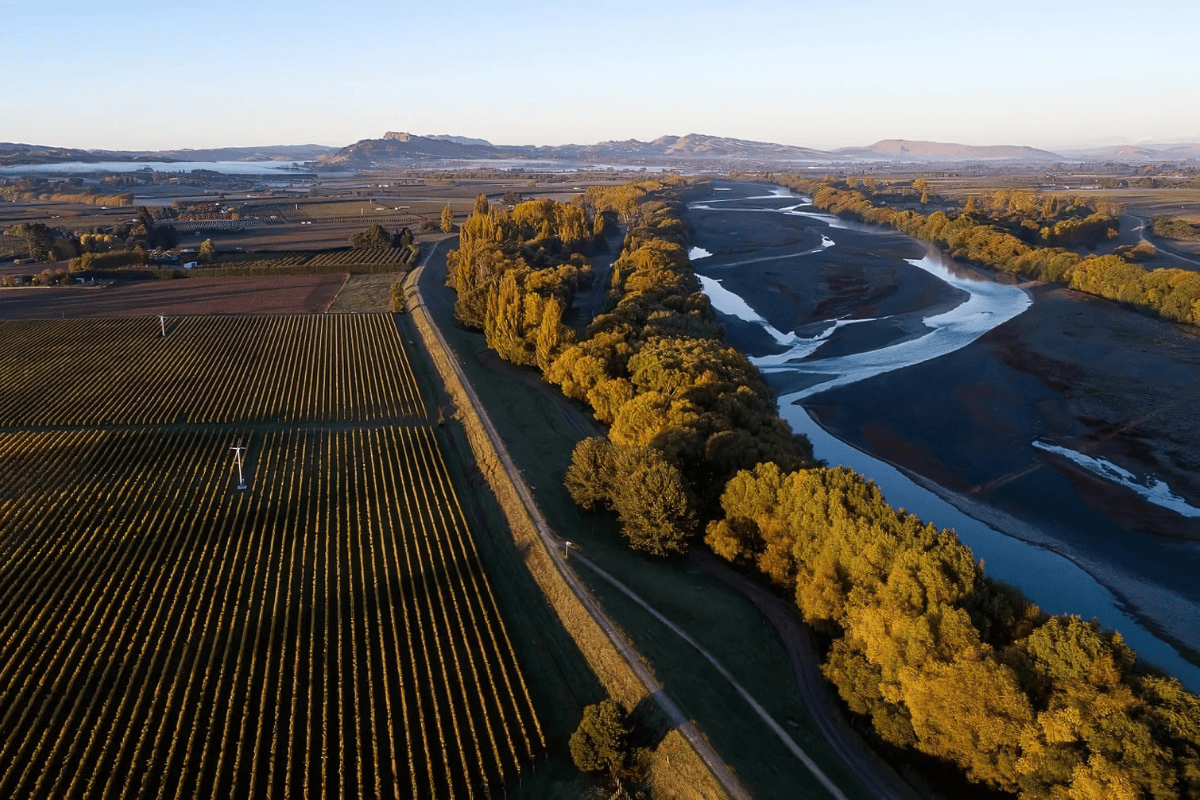
Image: Gimblett Gravels and Bridge Pa areas.
With the diverse range of wines produced in Hawke’s Bay, from Sauvignon Blanc to Syrah to dessert wines, how do you balance promoting this diversity with maintaining a clear, recognizable identity for Hawke’s Bay wines on the global stage?
We embrace this diversity of wine varieties, styles, and sub-regions as a strength, differentiating us from being typecast as a single varietal region. The future of our wine region rests on telling a premium wine story irrespective of the varietal.
Wine tourism is a key part of Hawke’s Bay’s appeal. What plans do you have to further develop the region as a must-visit destination for wine lovers, and how does the wine industry collaborate with local tourism initiatives to enhance this experience?
We previously discussed our membership of Great Wine Capitals, a local collaboration of Hastings District Council, Napier City Council, Hawke’s Bay Airport, Eastern Institute of Technology (wine school), and our regional tourism organisation Hawke’s Bay Tourism. This collaboration is strongly focussed on driving both regional and international tourist visitation to the region. It is doing this through media activations, visitor programs, and events.
Hawke’s Bay Winegrowers supports our winery cellar door community with training and resources so they, as ambassadors for our wine region, are equipped to deliver exceptional visitor experiences.
HBWG also has an extensive media, sommelier, and trade visitor program operating to bring the influencers and gatekeepers into the region to experience the people, places, and wines that are Hawke’s Bay.
[[relatedPurchasesItems-38]]
Conclusion:
Hawke’s Bay exemplifies the remarkable potential of a wine region where innovation, heritage, and sustainability seamlessly converge. From its recognition as a Great Wine Capital to its unwavering commitment to kaitiakitanga—guardianship of the land and community—Hawke’s Bay encapsulates the spirit of modern winemaking. As the region continues to adapt to climate challenges, embrace diversity in varietals, and enhance its wine tourism offerings, it is clear that Hawke’s Bay is not just a place where great wines are made; it is a region where stories, connections, and a sense of purpose are poured into every bottle. Whether you are sipping a Bordeaux-style blend from Gimblett Gravels or a vibrant coastal Chardonnay, Hawke’s Bay invites the world to discover its richness with every glass.
Header Image: Brent Linn, Executive Officer of Hawke’s Bay Winegrowers
In conversation with Malvika Patel, Editor and VP, Beverage Trade Network
Also Read:
Building Global Success: ECA Chair Dianne Tipping on Australian Wine and Spirits Exports
Stock This Australian Shiraz: Zilzie Victoria Shiraz
Savoring Success: Wine Australia's Strategies for US Market Growth

